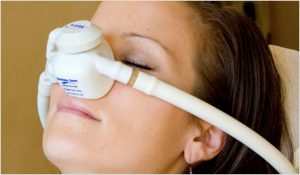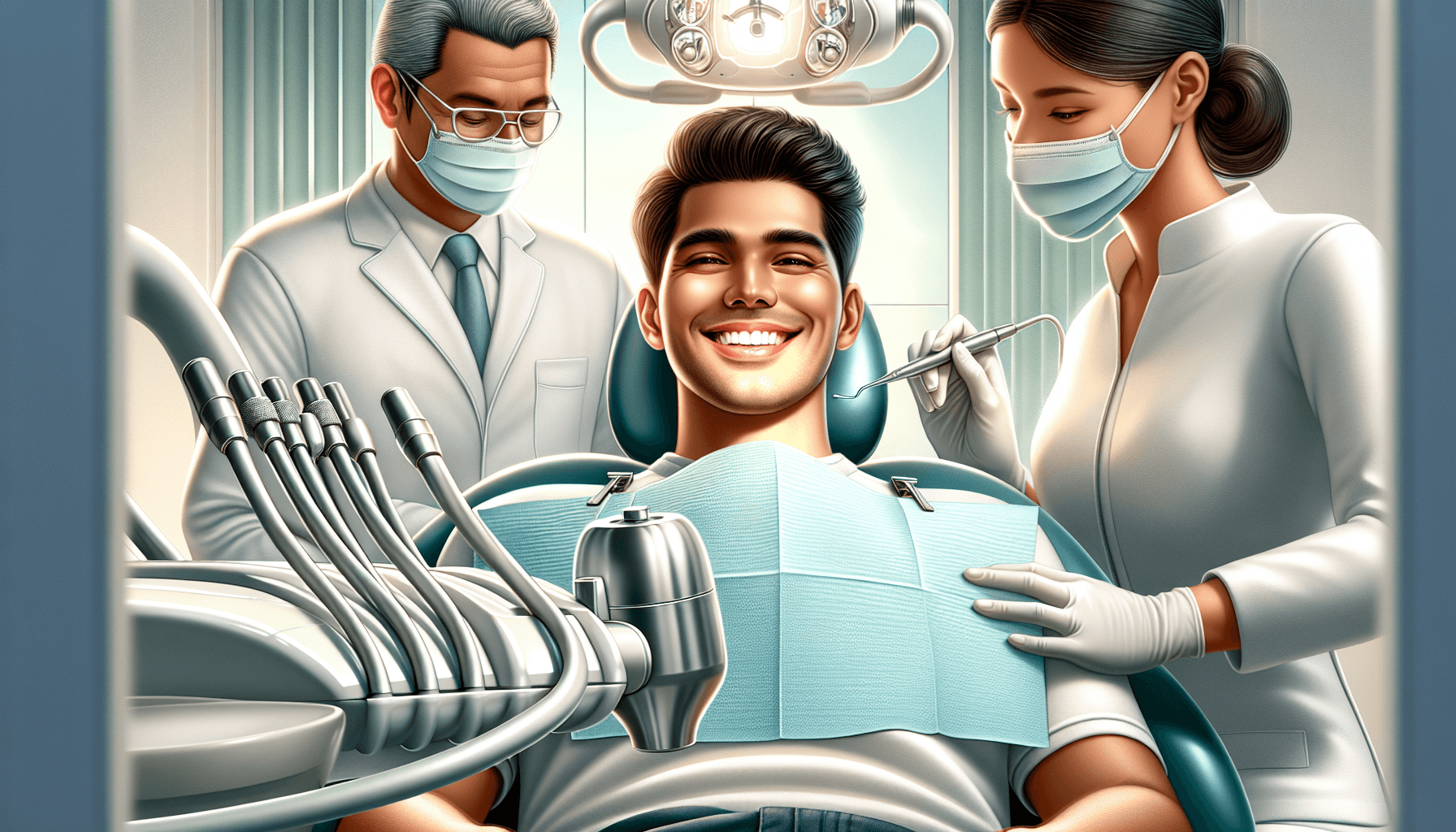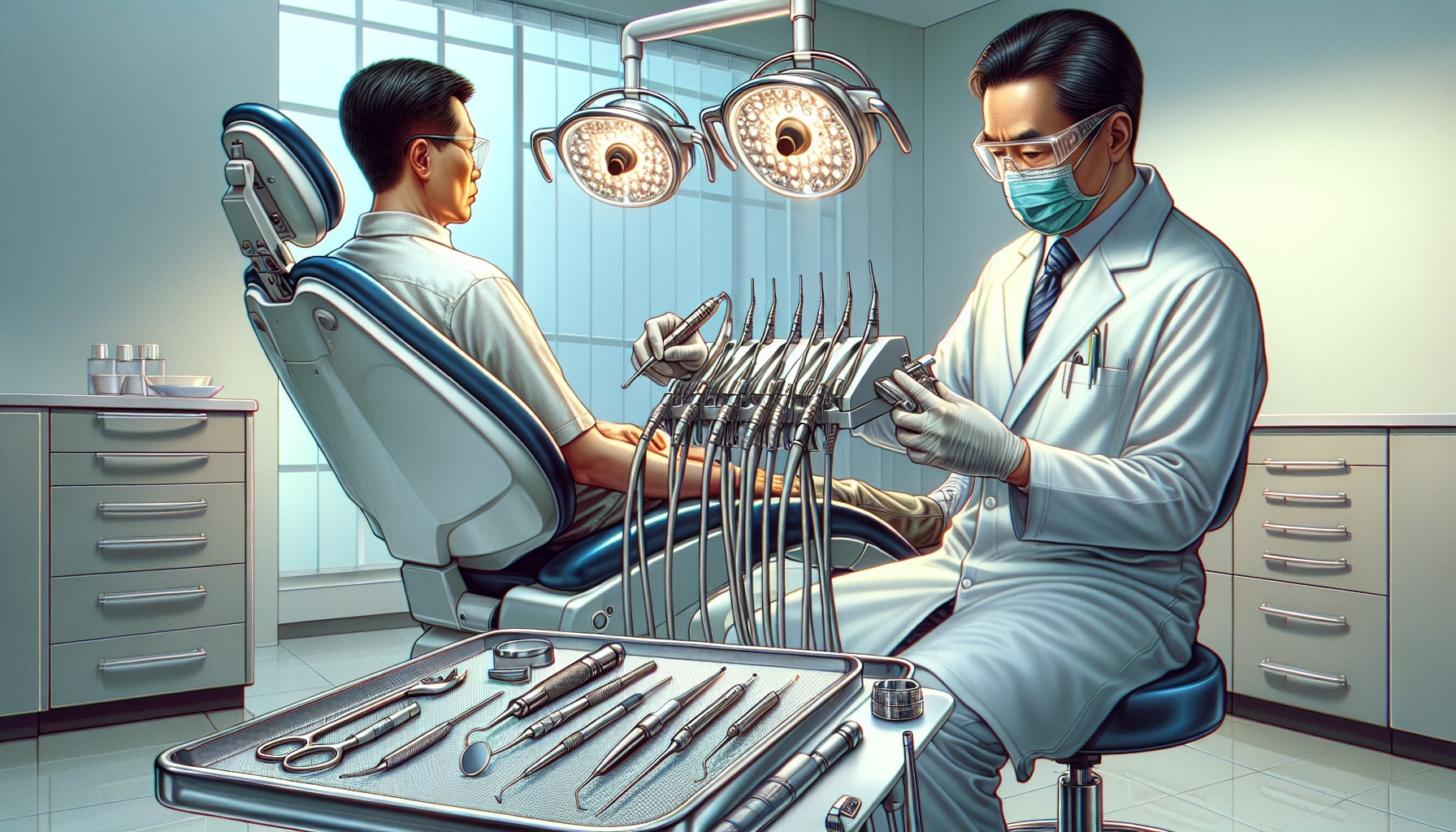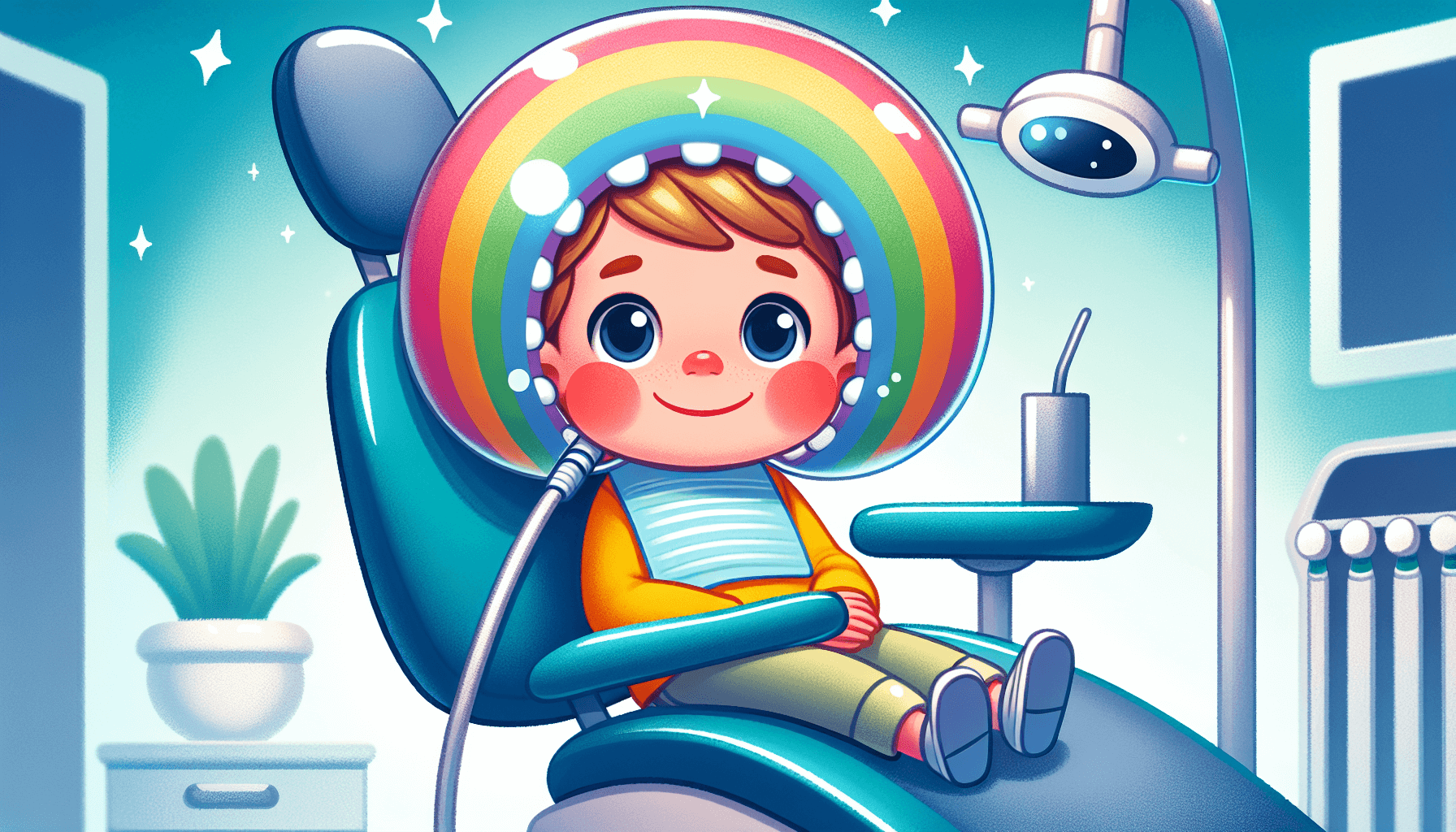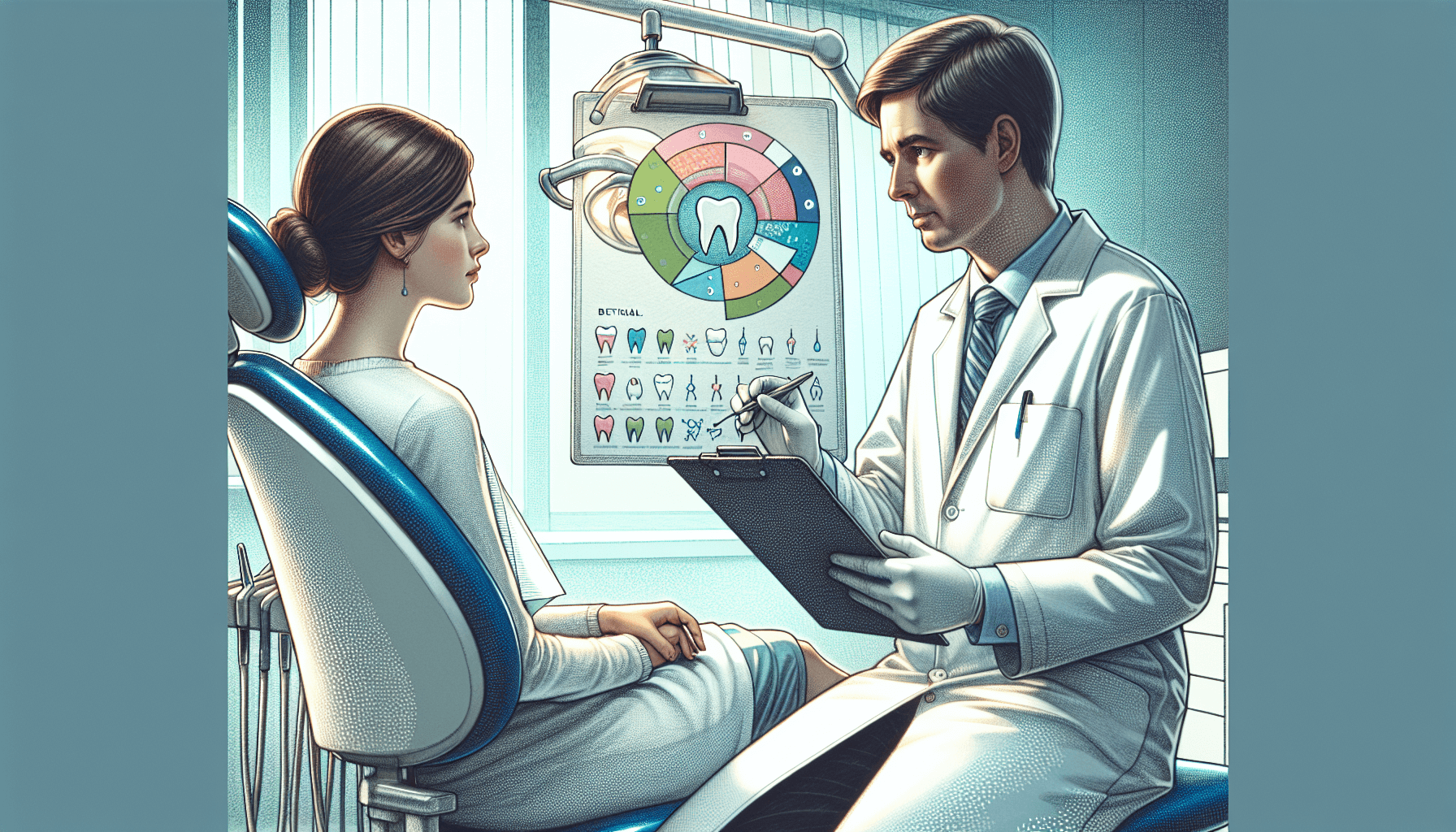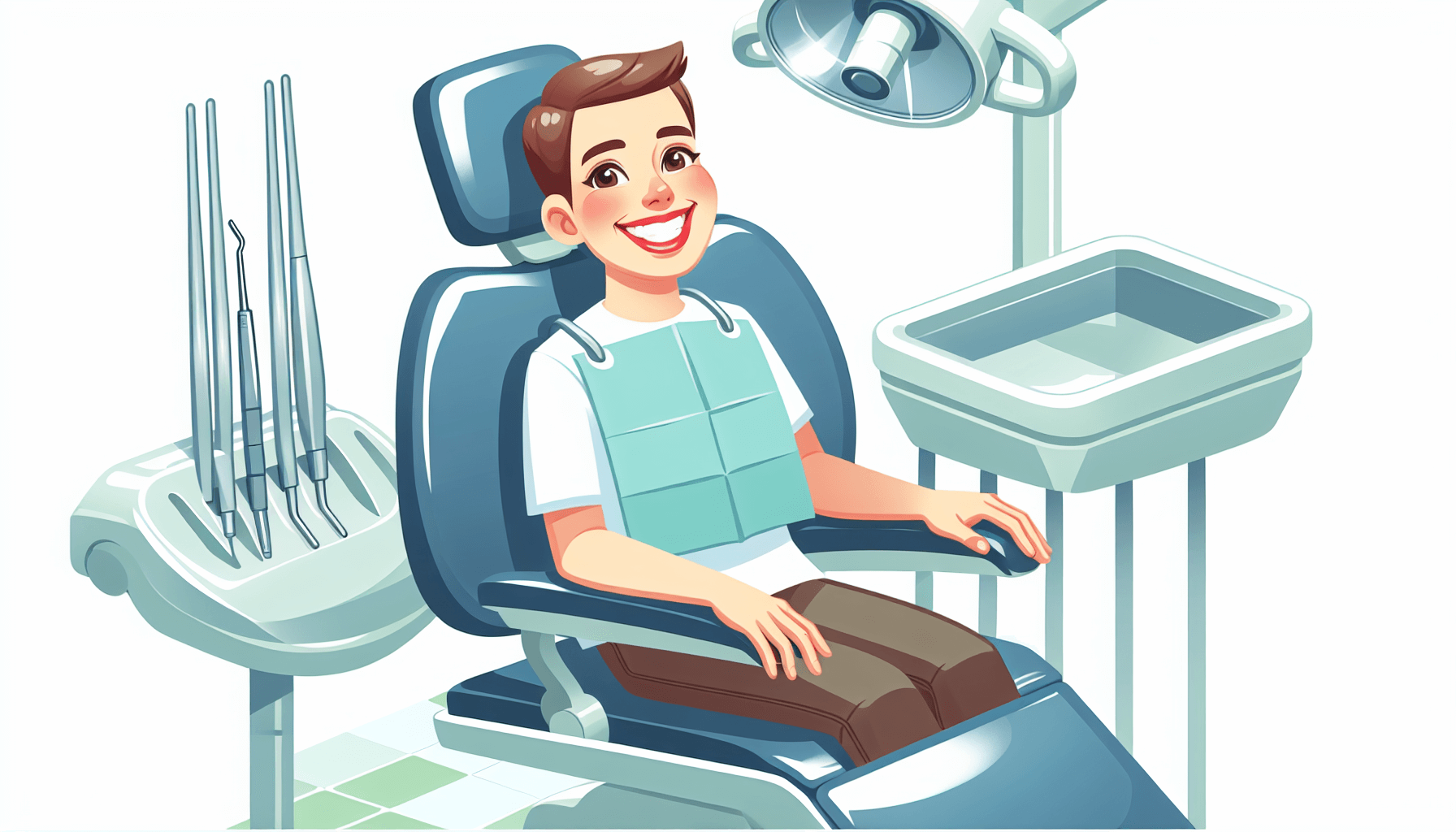When facing a dental procedure, nitrous oxide sedation is a common consideration for those seeking a comfortable experience. Known as ‘laughing gas’, this sedation method eases anxiety and pain, allowing you to remain conscious and relaxed without lengthy recovery times. In this article, we’ll dive into how nitrous oxide works, its application process, and the important safety standards in place to give you peace of mind.
Dr Gary Adams
“Nitrous oxide laughing gas is the best dental sedation for busy professionals who need to return to work quickly. Because the gas wears off in minutes, you can drive yourself to and from the sedation dentist. Dental laughing gas is also very affordable and is the least expensive for of sedation at the dentist.”
“Dental Gas aka Laughing gas is the most under-rated sedation available in the dental office…it is effective for mild to moderate anxiety and dental fear. Laughing gas has no hangover effect and wears of so quickly you can drive yourself to and from your dental appointment.” Laughing gas is sometimes called the lunchtime dental sedative, because a patient can have a procedure under nitrous oxide gas and it wears off so fast that the patient can return to work with no hangover effect.
Nitrous oxide laughing gas is a convenient sedation for busy professionals
Modern day life is the name of competition and hard work wherever you work to earn for your family. People are in a rush to achieve their goals and go up the ladder to improve their lifestyle. Dental and oral health plays an important role in building up confidence and self-esteem at work. Smile does the magic for you in hard situations especially if you are working in the field of marketing and rendering social services. Similarly, your presentation in your college and university gets perfection with a smiling face and shining clean teeth add special charm in it.
Decayed, crooked, damaged, discolored and mal-aligned teeth can be the reason of loss of confidence at work and a failed presentation in the university. Small children can be mocked at school for blackish decayed teeth and they lose their spark right at the beginning of their school days. Children and busy professionals who feel mild to moderate fear and discomfort while going to the dental clinics for dental treatment are surely the candidates of choice for nitrous oxide dental sedation.
What is Nitrous Oxide sedation?
Nitrous oxide sedation dentistry reduces feeling of anxiety, stress, discomfort and fear among small children and busy professionals. Dental and oral care under nitrous oxide sedation helps in enhancing their confidence. Nitrous oxide conscious sedation provides effective communication among dental patients and dental health care providers and ensures pain free dental treatments. Nitrous oxide sedation is safest and most frequently applied mode of sedating busy businessmen, university teachers, post graduate scholars, marketing managers and small children in dental clinics.
How is Nitrous Oxide used during dental procedures?
Nitrous oxide is used in combination with Oxygen in specially designed equipment for providing inhalation sedation. Dental gas can also be used in combination with oral and intravenous dental sedatives.
Is dental laughing gas safe ?
Nitrous oxide is used in combination with oxygen which makes it extremely safe for use in dental patients. It is highly reliable for achieving sedation effect for performing anxiety free dental surgeries. The combination is inhaled through a special mask fitted over your nose. The mask is connected to the inhalation sedation equipment cylinders.
Beneficial Effects of Nitrous Oxide Laughing Gas
- Easy to perform,
- Does not need the use of needles as in IV sedation,
- Reduction of anxiety, stress and discomfort,
- Reduces unwanted movements or responses of patients towards dental instruments especially in small children for their own safety,
- Patients cooperate to their dental treatment provider under dental sedation effect,
- Nitrous oxide sedation increases threshold for pain reducing anxiety and distress,
- Increased tolerance for longer dental appointments among children and adults,
- Sedation is achieved in quick time and wears off within a few minutes saving time of busy professionals,
- You can go back to your office within an hour and work as efficiently as before,
- Especially beneficial for treating pediatric and mentally disabled patients requiring special care and precautions in the dental chair,
- Provides relief for patients who have a severe gag reflex.
How Long is the Recovery after Nitrous Oxide?
As soon as you inhale the gas, its effect starts immediately. Similarly, you recover within seconds after you stop inhaling it.
Can I Drive After Being Sedated with Nitrous Oxide?
Nitrous oxide sedation is especially beneficial owing to the fact that this is the only form of dental sedation which allows you to drive home without any dizziness or drowsiness. You can drive to your work place or business plaza without being escorted back home for taking rest or your day off. You can attend your business meeting or give presentation to your clients.
Key Takeaways
- Nitrous oxide, commonly known as ‘laughing gas’, is a safe and effective dental sedative offering conscious sedation, allowing patients to remain relaxed but aware during procedures.
- The administration of nitrous oxide involves a meticulous step-by-step process including patient preparation, gas delivery, and post-administration care, with patient safety as the primary focus.
- While nitrous oxide is beneficial for managing dental anxiety and discomfort, it is essential to recognize potential risks and contraindications to ensure the safety and wellbeing of each patient.
Exploring Nitrous Oxide: The Gentle Dental Sedative
Known affectionately as ‘laughing gas,’ nitrous oxide has a storied history of turning dental visits from stressful to serene. This gentle sedative whispers away the discomfort and anxiety that often accompany trips to the dentist. Its unique ability to provide conscious sedation—where you’re relaxed but fully aware—makes it an invaluable ally in the dental office. Patients who receive nitrous oxide can experience this calming effect during their dental procedures.
So, what is nitrous oxide, and how does it bring about its calming effects? One reason is that nitrous oxide slows down the body’s response to stress, allowing for a more relaxed state.
What is Nitrous Oxide?
In its essence, nitrous oxide gas is a colorless, sweet-smelling substance that brings about an almost mystical change in one’s perception of the dental experience. Inhaled nitrous oxide, often through a comfortably fitting mask, ushers in a state of euphoria—leading to its nickname, ‘laughing gas.’
But beyond the light-hearted moniker lies a substance that, when mingled with oxygen, becomes a reliable tool for dental treatment, helping dentists to tame the nerves of even their most anxious patients during lengthy dental procedures with local anesthesia.
How Laughing Gas Works
The true power of nitrous oxide lies in its ability to swiftly interact with the brain, dialing down pain and ramping up pleasure receptors. Imagine a symphony where the notes of discomfort fade out, replaced by a melody of tranquility. That’s the effect of nitrous oxide—it doesn’t knock you unconscious or leave you grappling with post-procedure fog.
Rather, it provides a short-lived respite that comes and goes swiftly.
Administering Nitrous Oxide: A Step-by-Step Process
The process of nitrous oxide oxygen administration includes several steps:
- Preparing the patient
- Administering the nitrous oxide
- Monitoring the patient during the procedure
- Adjusting the nitrous oxide levels as needed
- Administering oxygen after the procedure
- Providing post-administration care
Each step is performed with precision and care to ensure that the patient receives the full benefit of nitrous oxide’s calming effects while maintaining the highest safety standards.
Preparing the Patient for sedation with nitrous oxide
Prior to this ‘dance’, a period of preparation is necessary. You’ll be guided to a reclined position, where comfort meets clinical necessity, ensuring safe and effective sedation. A specially designed nasal mask, the conduit for the eponymous gas, will be fitted just so, allowing the dentist access to your mouth while you embark on a journey to relaxation under general anesthesia.
Laughing Gas Administration Technique
Once everything is in place, attention shifts to the actual administration—a fusion of technology and method. The equipment—a symphony of tanks and flow meters—delivers the nitrous oxide, tempered by oxygen, through a nose hood. It’s a delicate balance, one that maintains your safety and comfort, ensuring that the sedation is as light as it is effective.
Post-Administration Care
Even as the procedure concludes, the care continues. Administering pure oxygen is akin to the encore of this performance, ensuring that any lingering notes of nitrous oxide are cleared, leaving you feeling refreshed and alert.
This last step is critical, as it guards against potential after-effects and wraps up the experience with your well-being taking the spotlight.
Who should get Nitrous Oxide Sedation
Apart from the technical aspects and procedural intricacies, the critical question is – who benefits the most from nitrous oxide sedation? It’s a spectrum that includes:
- Those with jittery nerves
- Those with sensitive gag reflexes
- Anyone seeking to transform their dental experience from one of apprehension to one of tranquility.
Pediatric Patients and Nitrous Oxide
For our younger pediatric dental patients, nitrous oxide serves as a gentle protector, alleviating discomfort and anxiety during their dental visits. It’s a tool that not only helps them through the procedure but does so with a soft touch, allowing for a positive experience that can shape their attitude towards dental care for years to come.
Managing Dental Anxiety with Nitrous Oxide
With nitrous oxide by your side, dental anxiety is no longer an overwhelming obstacle. This sedative offers the following benefits:
- Eases physical discomfort
- Smooths out emotional peaks and troughs
- Creates a plateau of calm that allows patients and dentists to work together in harmony.
Safety Profile: Understanding the Risks and Contraindications
Although nitrous oxide does provide comfort and ease in the dental office, understanding its safety profile is crucial for its effective use. Being aware of possible risks and recognizing when its use might be inappropriate is critical for ensuring safety and effectiveness.
Recognizing Adverse Effects
Like every medical breakthrough, nitrous oxide too, comes with certain caveats. While adverse events are not a common concerto, they are a possibility—a series of notes that, if played, require a skilled hand to manage.
Contraindications for Use
Occasionally, the use of nitrous oxide must be halted, acknowledging the individual’s distinct medical conditions, such as terminally ill patients. Understanding these contraindications ensures that the harmony between patient safety and dental care is never disrupted.
Benefits of Choosing Nitrous Oxide for Dental Procedures
While discussing safety and technique, it’s worth revisiting the benefits that make nitrous oxide such a standout in dental care. From its rapid onset to its ease of administration, the advantages it offers are as clear as the gas itself.
Quick and Effective Sedation
The allure of nitrous oxide lies in its ability to offer a quick escape from discomfort, a temporary reprieve that’s as swift to embrace as it is to release. It’s a sedation that doesn’t linger, allowing patients to return to their daily lives with nary a backward glance.
Advantages Over Other Sedative Methods
Among various sedatives, nitrous oxide distinguishes itself with its mild effect on both mind and body. It’s a choice that balances efficacy with a minimal impact on the patient’s physical state, allowing dental procedures to proceed without the weight of heavy sedation.
Professional Guidelines and Best Practices
Safeguarding the safe and effective use of nitrous oxide involves following certain measures—professional guidelines and best practices integral to dental care.
Proper Ventilation and Equipment Handling
The behind-the-scenes aspects of nitrous oxide use are as significant as the actual administration. Some important considerations include:
- Proper ventilation to ensure a safe environment
- Proper handling and maintenance of equipment
- Following safety protocols and guidelines
- Regular training and education for staff members
These measures ensure that the show goes on without a hitch, maintaining an environment where safety takes center stage.
Training and Certification Requirements
Each dentist competent in administering nitrous oxide and pediatric anesthesia has undergone rigorous training and certification, a learning journey equipping them to manage the sedation process with assuredness and care.
Summary
As we draw the curtain on our exploration of nitrous oxide sedation, it’s clear that this venerable gas plays a pivotal role in making dental procedures accessible and comfortable. From its swift sedative effects to its manageable safety profile, nitrous oxide remains a trusted companion in the dental office, ensuring that patients can face their care with calm and confidence.
Frequently Asked Questions
Is nitrous oxide safe for all dental procedures?
Nitrous oxide is generally safe for many dental procedures, but it’s important to consult with your dentist to see if it’s suitable for your specific treatment.
Can children receive nitrous oxide sedation?
Yes, nitrous oxide is often used for pediatric dental patients due to its gentle and adjustable sedative effects, effectively reducing anxiety and discomfort during dental procedures.
How long do the effects of nitrous oxide last?
The effects of nitrous oxide typically wear off quickly, usually within minutes after the gas is turned off and pure oxygen is administered, allowing for a rapid recovery.
What are the training requirements for administering nitrous oxide?
To administer nitrous oxide, dentists, dental hygienists, and dental assistants need to complete specialized training and obtain certification, with specific requirements varying by state.
Are there any side effects of nitrous oxide sedation?
Yes, while side effects of nitrous oxide sedation are rare, some patients may experience nausea, dizziness, or a headache, which usually resolve quickly after receiving pure oxygen.


